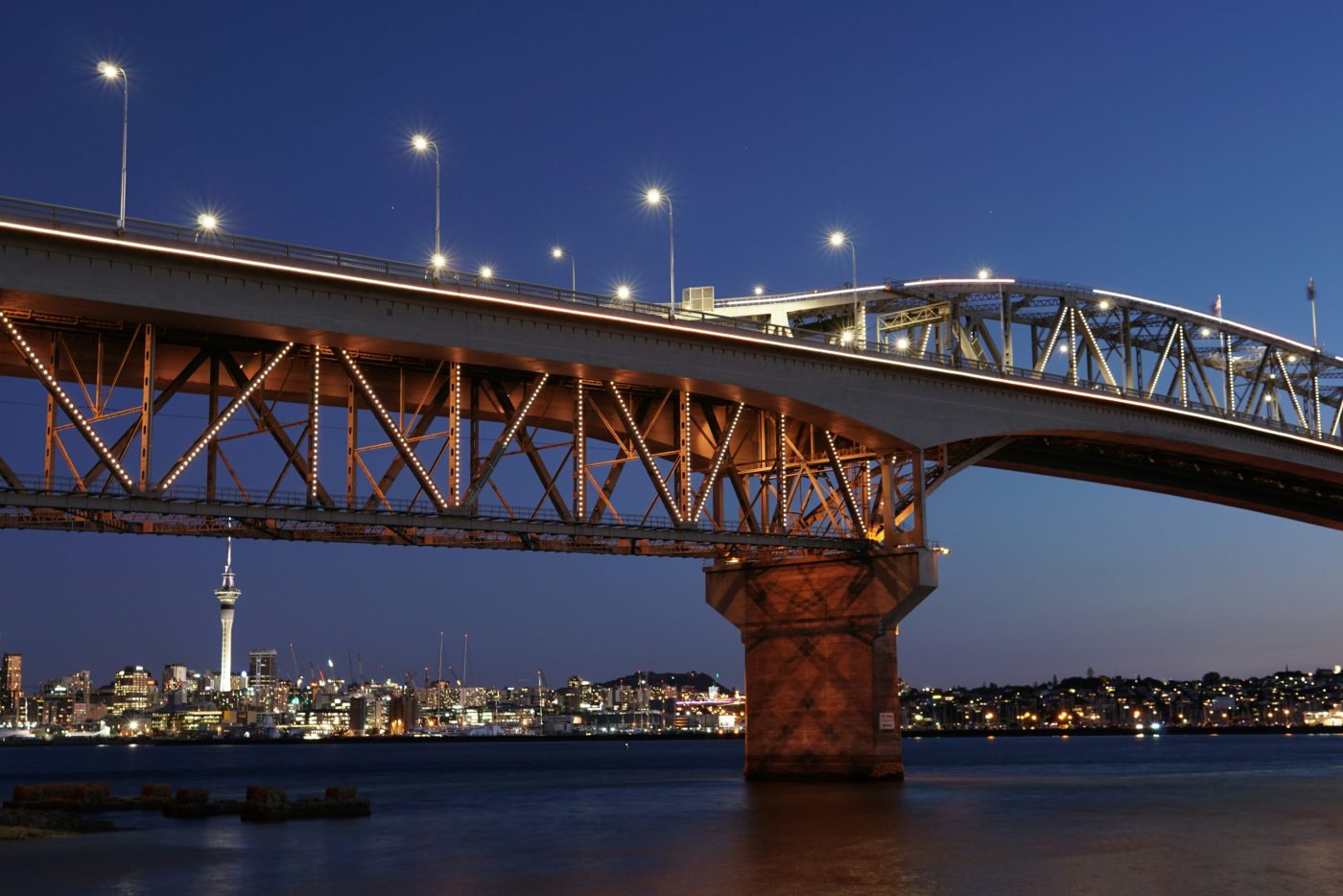Auckland Harbour Bridge Closure Possible Due to High Winds: What You Need to Know
Editor’s Note: The potential closure of the Auckland Harbour Bridge due to high winds is a developing story. This article will be updated as more information becomes available.
1. Introduction
The Auckland Harbour Bridge, a vital artery for the city, faces a possible closure due to strong winds forecast to hit the region. This raises significant concerns for commuters, businesses, and emergency services. This article will explore the potential impact of a bridge closure, discuss safety measures, and provide information on alternative routes and updates.
2. Why This Topic Matters
The Auckland Harbour Bridge's closure would have a ripple effect across the entire Auckland region. Thousands of commuters rely on the bridge daily for work, school, and other essential activities. A closure would lead to significant traffic congestion, delays, and potential economic disruption. Understanding the potential impact and being prepared for such an event is crucial for everyone in Auckland. Keywords like Auckland Harbour Bridge closure, high winds Auckland, Auckland traffic disruption, and Auckland weather alert are highly relevant.
3. Key Takeaways
| Key Point | Details |
|---|---|
| High Wind Warning: | Strong winds are forecast, potentially exceeding safe limits for the bridge. |
| Potential Closure: | The bridge may close temporarily to ensure public safety. |
| Traffic Disruption: | Significant traffic congestion is expected if the bridge closes. |
| Alternative Routes: | Plan alternative routes in advance. |
| Official Updates: | Monitor official sources for the latest information. |
4. Main Content
Auckland Harbour Bridge Closure: A Developing Situation
The threat of high winds poses a significant risk to the structural integrity of the Auckland Harbour Bridge. While the bridge is designed to withstand considerable wind, sustained high winds exceeding specified thresholds may necessitate a temporary closure as a precautionary measure. This is a dynamic situation, and the decision to close the bridge will be made based on real-time weather data and engineering assessments.
Key Aspects of a Potential Closure:
- Safety First: The primary concern is the safety of drivers and pedestrians.
- Traffic Management: Waka Kotahi NZ Transport Agency will implement traffic management plans to mitigate the impact of a closure.
- Economic Impact: A closure will inevitably cause economic disruption, affecting businesses and supply chains.
- Emergency Services: Emergency services will need to adjust their response plans.
Detailed Analysis of Potential Impacts:
A closure would cause significant congestion on alternative routes, potentially leading to hours-long delays. Public transport will also likely be affected, causing disruptions to bus and train services. Businesses relying on timely deliveries will experience delays, and commuters will face significant challenges getting to work or other appointments.
Interactive Elements
Understanding Wind Speed and Bridge Safety
The Auckland Harbour Bridge's design incorporates safety features to withstand significant wind loads. However, sustained high winds exceeding predetermined thresholds can pose a risk of oscillations or structural stress. Understanding the relationship between wind speed and bridge safety is crucial for making informed decisions about closure. Factors such as wind direction and gust intensity are also considered.
Alternative Routes and Traffic Management Strategies
If the bridge closes, commuters should be prepared to use alternative routes, including State Highway 16 and State Highway 20. Waka Kotahi NZ Transport Agency will implement traffic management strategies to minimize congestion. However, significant delays are expected, and drivers should allow extra travel time.
5. People Also Ask (NLP-Friendly Answers)
Q1: What is the current status of the Auckland Harbour Bridge? A: Monitor official sources like Waka Kotahi NZ Transport Agency for the most up-to-date information on the bridge's status.
Q2: Why might the Auckland Harbour Bridge close? A: High winds exceeding safe operating limits for the bridge's structural integrity may necessitate a temporary closure.
Q3: What alternative routes can I use if the bridge is closed? A: Consider State Highway 16 and State Highway 20, but expect significant delays.
Q4: What are the potential impacts of a bridge closure? A: Significant traffic congestion, delays in commutes and deliveries, and potential economic disruption.
Q5: How can I stay updated on the situation? A: Follow official sources like Waka Kotahi NZ Transport Agency's website and social media channels for updates.
6. Practical Tips for Navigating a Potential Bridge Closure
- Check Weather Forecasts: Stay informed about the weather forecast before travelling.
- Plan Alternative Routes: Identify alternative routes and allow extra travel time.
- Use Public Transport: Consider public transport if possible.
- Monitor Traffic Updates: Use real-time traffic apps to check for congestion.
- Be Patient: Expect significant delays and allow extra time for your journey.
- Stay Informed: Regularly check official sources for the latest updates.
- Drive Safely: Exercise caution and adjust your driving to suit the conditions.
- Listen to Radio Updates: Keep your radio tuned to local news stations for updates.
7. Summary
The potential closure of the Auckland Harbour Bridge due to high winds is a serious situation with significant implications for the entire Auckland region. Preparing for a possible closure by understanding alternative routes, monitoring official updates, and allowing extra travel time is crucial.
8. Closing Message
The safety of Aucklanders is paramount. By staying informed and prepared, we can collectively mitigate the impact of a potential bridge closure. Let’s work together to navigate this challenge safely and efficiently.
9. Call to Action
Stay updated on the Auckland Harbour Bridge situation by visiting the Waka Kotahi NZ Transport Agency website and following their social media channels. Share this article with others to help spread awareness.
(Hreflang tags would be added here for different language versions of the article)

